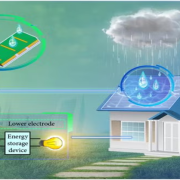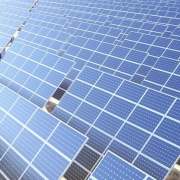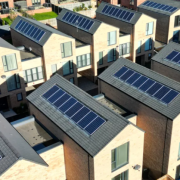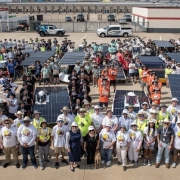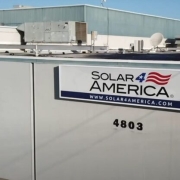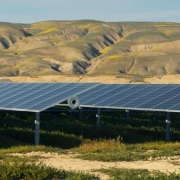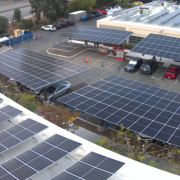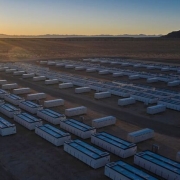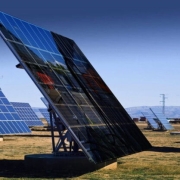Researchers have come up with a new way to generate electricity with solar panel technology by harvesting the energy produced by raindrops.
The method, proposed by a team from Tsinghua University in China, involves a device called a triboelectric nanogenerator (TENG) that creates electrification from liquid-solid contact.
These are typically used to harvest energy from waves, as droplet-based TENGs (D-TENGs) have previously faced technical limitations that prevented them from working at any significant scale.
Click here to read the full article
Source: INDEPENDENT
—
If you have any questions or thoughts about the topic, feel free to contact us here or leave a comment below.

